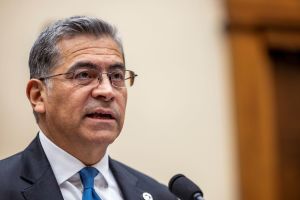How to see the Leonid Meteor Shower This Year
The annual Leonid meteor shower reaches its peak this Friday, Nov. 17. With favorable weather conditions, those situated across certain parts of western, central and southern United States should be able to see this natural phenomenon.
Coastal regions of the southeast and northern Plains and California are expected to have clear skies this Friday, but towards the Northeast, the Great Lakes region, the central Plains or the Pacific Northwest will not be as fortunate.
"A large storm system will be moving from the Plains into the Great Lakes, and cloudy skies are forecast to dominate much of the eastern half of the nation," said Kyle Elliot, AccuWeather Meteorologist. "Rain and thunderstorms will put an even bigger damper on viewing conditions in many of these areas."
Though the shower peaks this Friday, a few meteors might streak across the skies days before or after. It is not expected to be one of the biggest showers this year. In its peak, it should produce about 15 meteors per hour.
Anyone who intends to stargaze is encouraged to check weather forecasts before proceeding to certain areas. Aside from selecting places with favorable weather, it would be best for skygazers to position themselves where light pollution is minimal for optimal viewing conditions.
The Leonid meteor shower is an annual occurrence which is observable in the month of Nov. It is named after the meteor's point of origin which is the Leo constellation. This year, the shower started on Nov. 5 and is expected to come at a close on Nov. 30. However, it is not active all throughout the month. The peak is the best chance to observe the phenomenon.
For those who will miss the shower this month, they will have another shot when the Geminids meteor shower arrives in a few weeks.




























